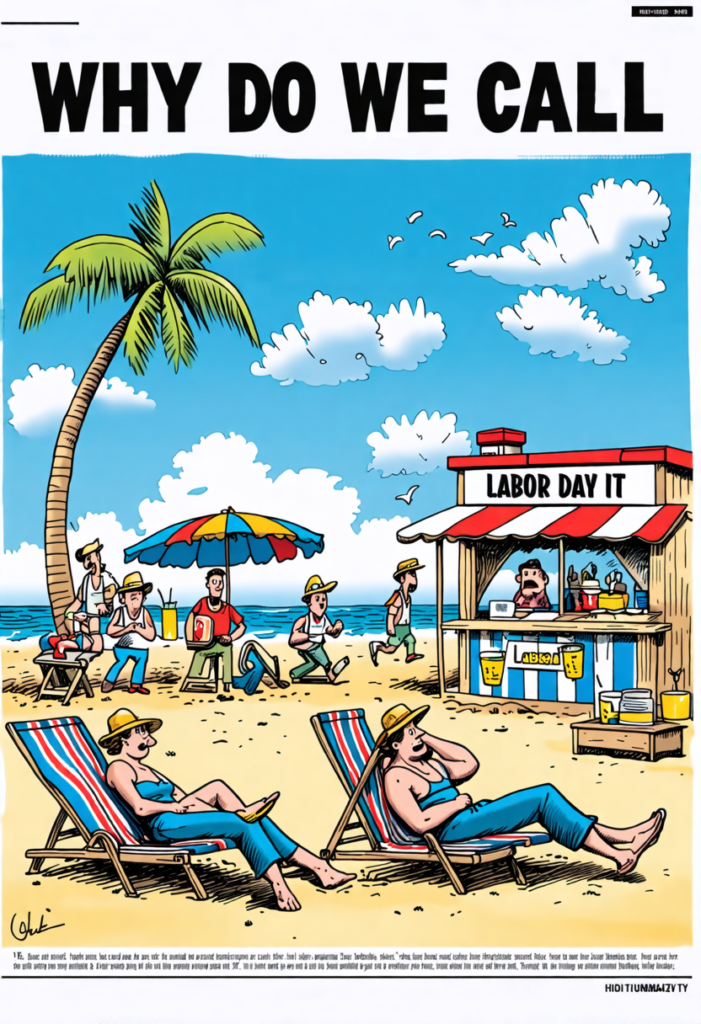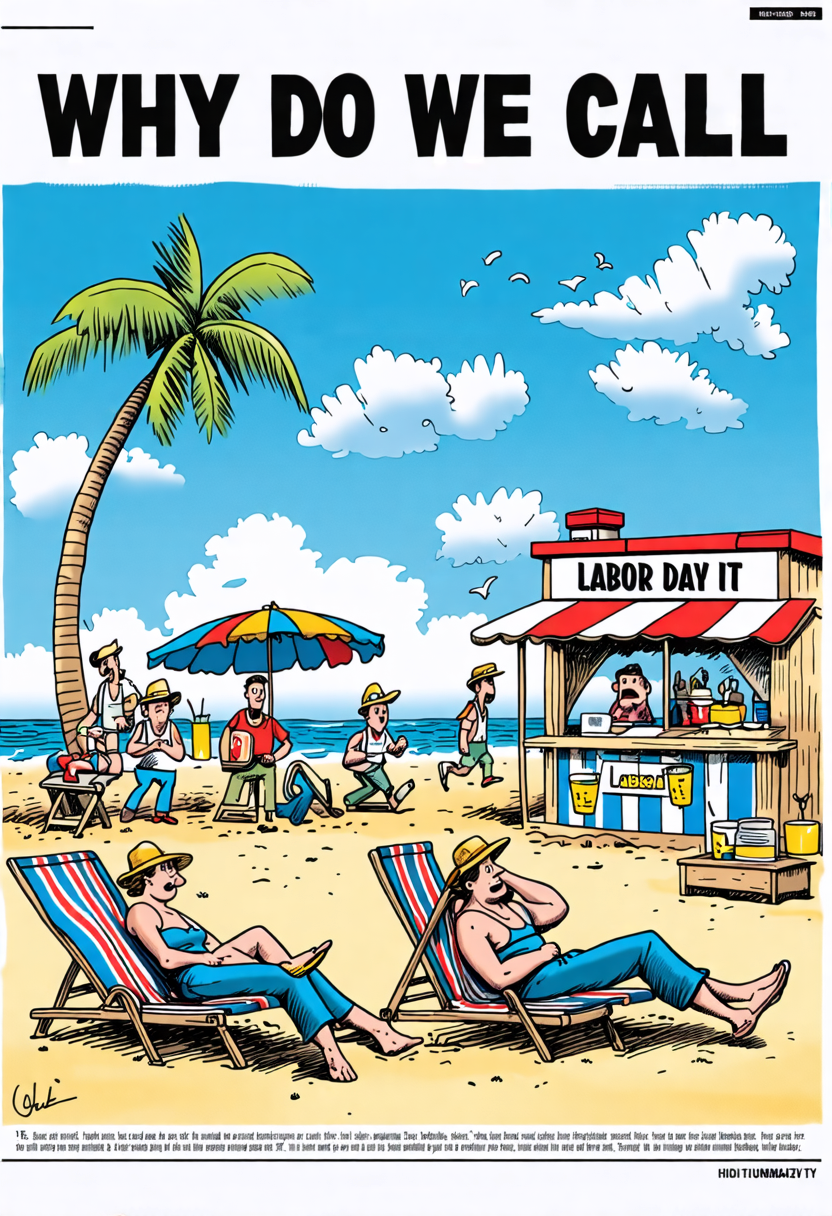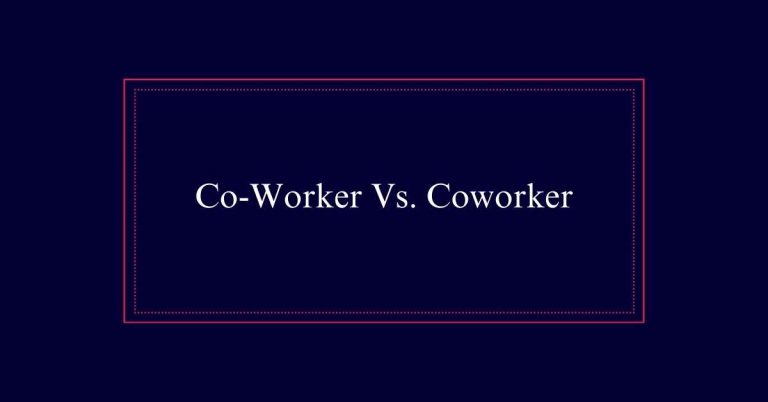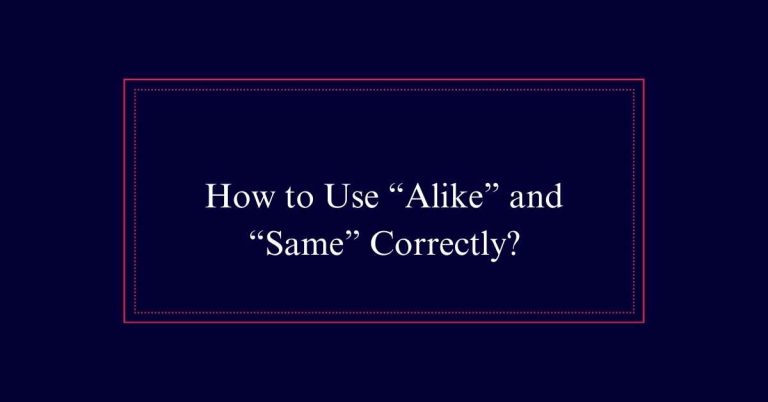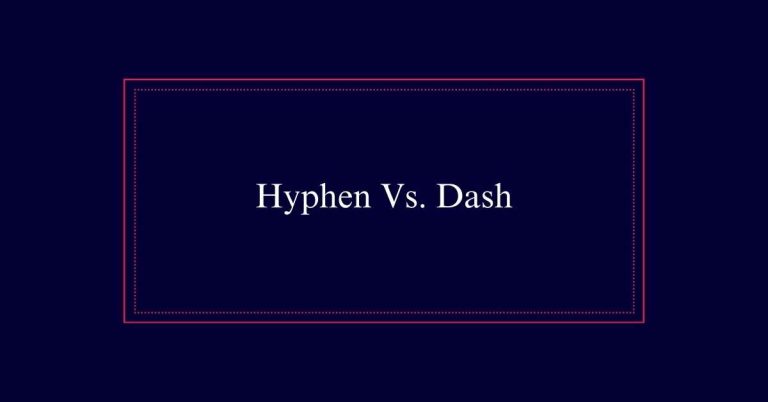Why Do We Call It Labor Day?
Labor Day is called so because it celebrates the American labor movement and acknowledges the significant contributions of workers. Originating in the late 19th century, during the harsh conditions of the Industrial Revolution, it became a federal holiday in 1894. This was partly a response to the Pullman Strike, which highlighted workers’ struggles. Labor unions played a critical role in securing better wages, reasonable working hours, and safer conditions. Labor Day honors these achievements and the ongoing efforts to improve labor rights.
The Roots of Labor
The roots of labor trace back to the Industrial Revolution of the late 19th century. This era saw a rapid expansion of manufacturing jobs. Conditions were harsh. Workers faced 12-hour workdays and 7-day workweeks. Safety measures were minimal, leading to frequent accidents.
Even children as young as five were employed in factories. As the exploitation grew, labor unions began to form. These unions became more vocal and organized, advocating for better conditions. They fought against long hours, demanding safer workplaces and fair pay.
The struggle of these early labor movements laid the foundation for modern labor rights. Their efforts were pivotal in shaping labor laws and protections we see today.
Industrial Revolution Impact
Frequently overlooked, the Industrial Revolution profoundly transformed the nature of work and labor relations. It introduced mass manufacturing, leading to rapid urbanization.
Workers faced grueling conditions, with 12-hour workdays and 7-day workweeks being the norm. Factories lacked safety measures, resulting in numerous accidents. Child labor was rampant, with children as young as five employed in hazardous tasks.
The harsh environment highlighted the need for change. This period exposed the severe exploitation of workers and underscored the necessity for labor reforms.
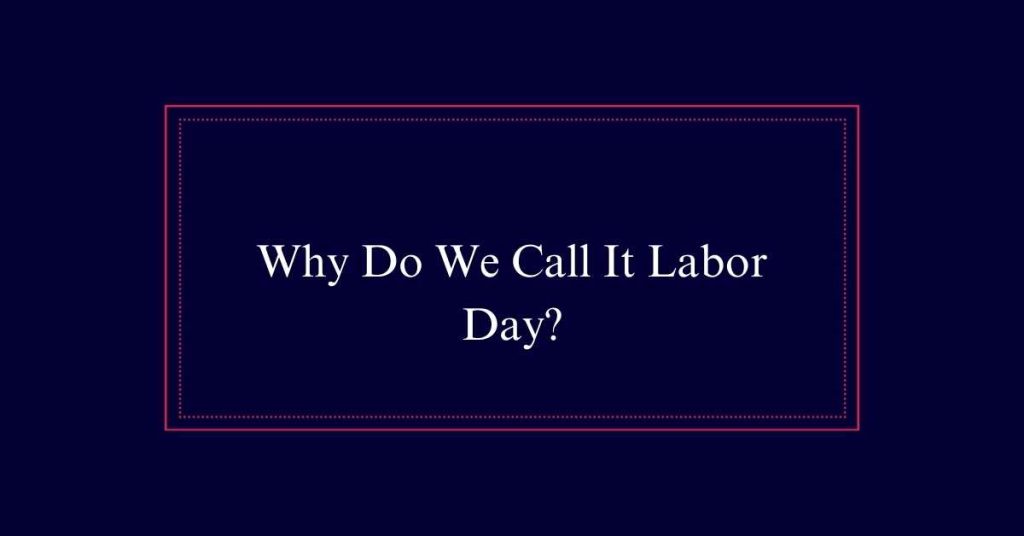
The Birth of Labor Unions
Rising against harsh conditions, workers began to organize into labor unions. The Industrial Revolution brought about severe exploitation. With 12-hour workdays and unsafe environments, the need for collective action became apparent. Labor unions emerged as a powerful force advocating for workers’ rights.
These early unions focused on three key areas:
- Workplace Safety: Ensuring safe working conditions to prevent accidents and injuries.
- Reasonable Hours: Fighting for shorter workdays and workweeks to improve quality of life.
- Child Labor Laws: Advocating against the exploitation of young children in dangerous jobs.
May Day and Labor
May Day, celebrated on May 1, is a crucial acknowledgment of workers’ rights and labor movements. It commemorates the Haymarket Affair in Chicago, a pivotal event in the labor struggle. This day is marked by protests, demonstrations, and various activities highlighting the importance of fair labor practices. The influence of the American labor movement extends internationally, significantly impacting Australia, which even aligns its political nomenclature to American English, using ‘Labor’ instead of ‘Labour.’
| Country | Celebration Date | Key Event Commemorated |
|---|---|---|
| United States | May 1 | Haymarket Affair |
| Australia | May 1 | International Workers’ Day |
| Various | May 1 | General labor protests |
Labor Day’s Federal Recognition
Labor Day became a federal holiday in the United States in 1894. This recognition followed years of labor unrest and advocacy for workers’ rights. Before it became a federal holiday, 30 states had already acknowledged Labor Day. The federal recognition was a significant milestone, symbolizing the government’s acknowledgment of the labor movement’s importance.
Key reasons for federal recognition include:
- Improved Work Conditions: Highlighting the need for safer, more humane working environments.
- Labor Movement Achievements: Acknowledging the accomplishments of labor unions in securing better wages and hours.
- Social Stability: Addressing labor disputes to promote national harmony.
The establishment of Labor Day underscored the value of workers’ contributions and the nation’s commitment to their well-being.
The Pullman Strike
The recognition of Labor Day as a federal holiday was greatly influenced by the Pullman Strike of 1894. This nationwide railroad strike began when workers protested wage cuts and high rents in company-owned housing. The strike disrupted rail traffic and mail delivery, leading President Grover Cleveland to deploy federal troops. The resulting violence caused many deaths and injuries.
Here is a quick overview:
| Event | Impact |
|---|---|
| Wage Cuts | Worker discontent and strike |
| Strike Spread | Nationwide impact on rail service |
| Federal Intervention | Deployment of troops |
| Aftermath | Labor Day established as a holiday |
The Pullman Strike highlighted the need for labor reforms, directly leading to the establishment of Labor Day to honor workers’ contributions.
Significance of Labor Day
Recognizing the contributions of workers, Labor Day serves as a tribute to the achievements of the labor movement. This federal holiday, established in 1894, honors the sacrifices made by workers to secure better wages, working conditions, and rights.
Labor Day is more than just a day off; it embodies the spirit of collective effort and social progress.
Key significances of Labor Day include:
- Acknowledgment of Historical Struggles: It honors past efforts to improve labor conditions.
- Celebration of Achievements: It marks the successes of the labor movement in securing workers’ rights.
- National Reflection: It offers a moment for society to ponder the ongoing importance of fair labor practices.
Labor Day underscores the crucial role of workers in shaping our nation.
The Modern Labor Movement
Despite significant progress, the modern labor movement continues to fight for fair wages and safe working conditions. Today’s unions focus on securing better pay and ensuring workplace safety. They also address issues of discrimination and advocate for benefits like healthcare and paid leave.
Collective bargaining remains an essential tool for negotiating contracts that protect workers’ rights. Strikes and protests are still employed to push for necessary changes. The movement also seeks to adapt to the gig economy, where workers often lack traditional protections.
